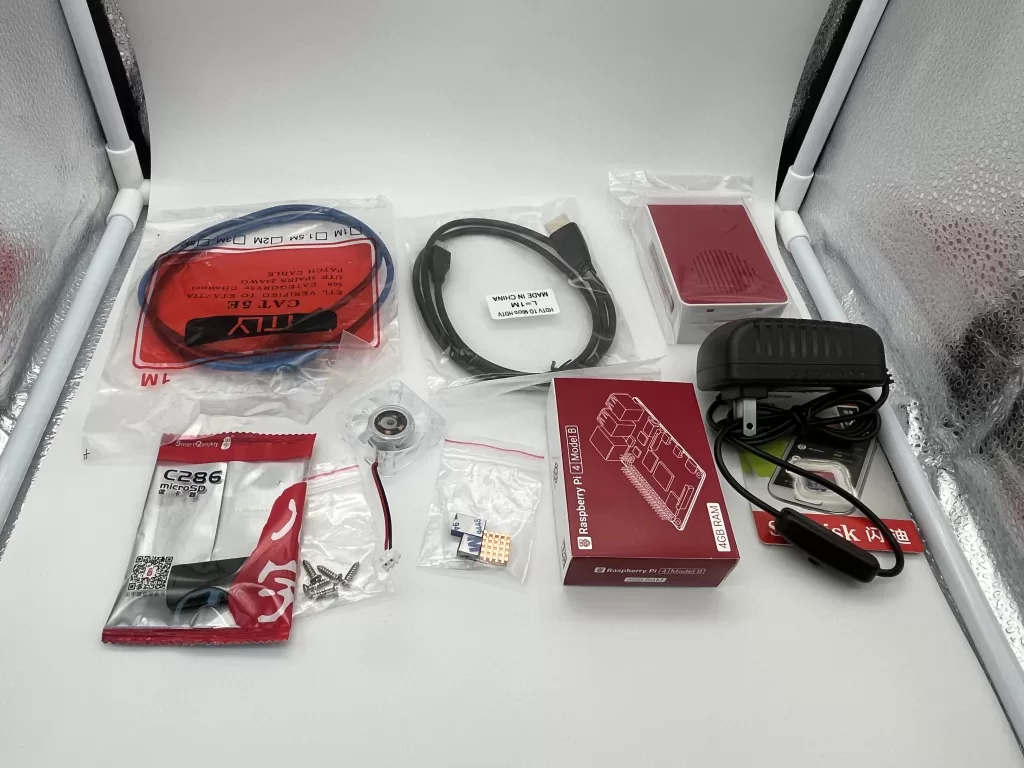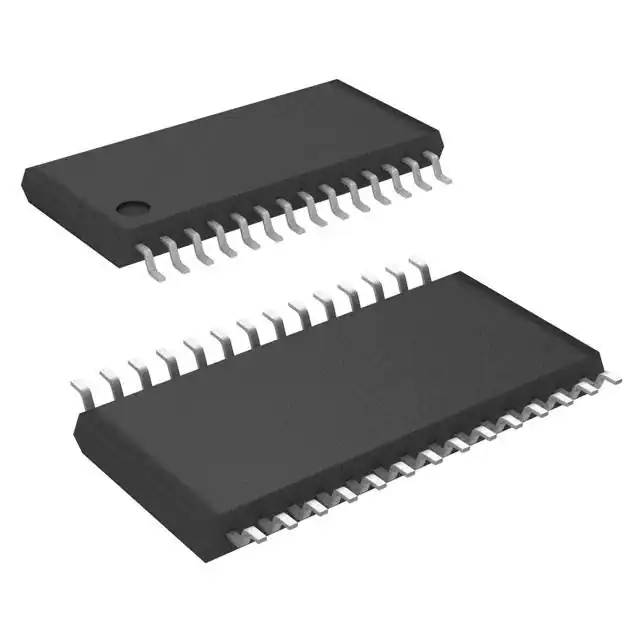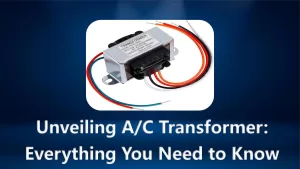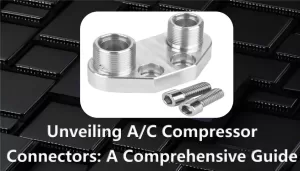Applications for SoCs include wearable technology, automotive electronics, tablets, laptops, cellphones, and industrial control systems. The SoC th...
View detailsMOSFET vs IGBT: Which One is Better?
High-power electrical signals are controlled and switched by Mosfets (Metal-Oxide-Semiconductor Field-Effect Transistors) and IGBTs (Insulated Gate Bipolar Transistors), two essential components in the field of power electronics. Power semiconductors have transformed a number of industries, including consumer electronics, industrial automation, automotive, and renewable energy. It is essential for both engineers and enthusiasts to comprehend the distinctions and benefits between IGBTs and Mosfets.
In this blog, we will delve into a comprehensive comparison of MOSFETs and IGBTs, providing insights into their respective operations and suitability for various applications.
What is a Mosfet?
A MOSFET (Metal-Oxide-Semiconductor Field-Effect Transistor) is a type of transistor that is widely used in electronic devices and integrated circuits. It is a three-terminal device that has two possible uses: an amplifier and a switch. A thin oxide insulating layer (typically silicon dioxide) divides the semiconductor channel from the metal gate electrode of a MOSFET. The voltage applied to the gate terminal regulates the current flow through the channel. MOSFETs are renowned for their capacity to handle high currents and voltages, low power consumption, and fast switching speeds. They are frequently utilized in circuits for digital logic, voltage regulators, and power amplifiers.

Mosfet Symbol and Pinout
The MOSFET symbol is a horizontal line with three vertical lines extending from it. The gate, channel, and substrate are represented by the vertical lines at the top, middle, and bottom, respectively. Both the drain and source terminals are attached to the channel's ends.

The pinout of a MOSFET is as follows:
- Gate (G): The MOSFET's control terminal is called the gate. The gate regulates the amount of current that flows between the source and drain terminals by applying a voltage.
- Source (S): The MOSFET's terminal, where current enters it, is the source.
- Drain (D): The MOSFET terminal where current leaves the device is called the drain.
- Bulk (B): The MOSFET substrate is the bulk. In most applications, it is connected to the source terminal.
Types of Mosfets
- N-channel MOSFET: The substrate of this kind of MOSFET is made of an n-type semiconductor material. The most popular kind of MOSFETs are N-channel MOSFETs. They are utilized in many different applications, such as analog circuits, microprocessors, and power electronics.
- P-channel MOSFET: The substrate of this kind of MOSFET is made of p-type semiconductor material. Although they are not as widely used as n-channel MOSFETs, P-channel MOSFETs are nonetheless employed in many different applications. They are frequently utilized in complementary circuits, which combine n- and p-channel MOSFETs for improved performance.
- DMOSFET: Double-Diffused MOSFET is what this acronym stands for. Because of its design, this kind of MOSFET performs better at high voltages and currents. In power electronics applications, MOSFETs are frequently utilized when high voltages and currents are needed.
- IGBT: The acronym for Insulated-Gate Bipolar Transistor is IGBT. This kind of MOSFET blends the high current-handling capacity of a bipolar transistor with the high input impedance of a MOSFET. IGBTs are frequently employed in high-power applications that call for extremely high currents and voltages.
What is an IGBT?
IGBT stands for Insulated Gate Bipolar Transistor. Similar to a MOSFET, it is a three-terminal semiconductor device that combines a bipolar transistor's high current-handling capacity with a MOSFET's high input impedance. In addition, IGBTs feature a gate, an emitter (E), and a collector (C). Current flow is regulated by the gate, which manages conduction between the emitter and collector.

IGBT Symbol and Modules
An IGBT, or Insulated-Gate Bipolar Transistor, is represented by a vertical line that is midway intersected by a horizontal line. The gate is represented by the horizontal line, and the channel is represented by the vertical line. The emitter terminal is represented by the bottom end of the vertical line, and the collector terminal by the top end.

IGBT modules are packages that contain multiple IGBTs and their associated circuitry. IGBT modules offer several advantages, including:
- Reduced space requirements: IGBT modules can take up less room on circuit boards because they are smaller than single IGBTs.
- Improved heat dissipation: IGBT modules can be more reliable than individual IGBTs because of their superior heat dissipation.
- Simplified design: Because IGBT modules are pre-assembled and pre-tested, designing circuits that employ IGBTs can be made easier.
IGBT Testing Methods
Various methods can be used to test IGBTs, including:
- Static testing: This type of testing uses specialized test equipment to measure IGBT parameters like threshold voltage, on-resistance, and off-resistance.
- Dynamic testing: This entails using specialized testing equipment to assess IGBT performance under dynamic conditions, such as switching speed and conduction losses.
Video related to MOSFET vs IGBT
How to Test Mosfet?
- To ensure safety, disconnect the MOSFET from any circuitry or power source.
- Select the resistance or diode test mode on your multimeter.
- Determine which three MOSFET terminals are the drain (D), source (S), and gate (G). For identification, consult the datasheet or the markings on the MOSFET.
- Attach the multimeter's negative (black) probe to the source terminal (S) and its positive (red) probe to the gate terminal (G).
- Check the reading on the multimeter. A very high resistance or an open circuit should be displayed by the multimeter if the MOSFET is of the enhancement-mode type. The multimeter may display a low resistance or a closed circuit if it is the depletion-mode variety.
- Turn the probe connections around so that the negative (black) probe is on the gate terminal (G) and the positive (red) probe is on the source terminal (S).
- Take another look at the multimeter reading. An enhancement-mode MOSFET ought to continue to show a high resistance or an open circuit. A low resistance or a closed circuit may be indicated by a changing reading for a depletion-mode MOSFET.
- The drain-to-source junction can then be tested if the MOSFET passes these tests. Affix the negative (black) probe to the source terminal (S) and the positive (red) probe to the drain terminal (D).
- Examine the reading on the multimeter. A well-operating MOSFET should exhibit a diode-like behavior at the drain-to-source termination. Regarding the forward bias, it ought to exhibit a low resistance, while the reverse bias would show a high resistance.
- Substitute the probe connections: positive (red) on the source terminal (S) and negative (black) on the drain terminal (D). Repeat the test. Replace the MOSFET immediately if it exhibits unusual behavior or fails any of these tests to rule out a malfunction.
Keep in mind that specific testing instructions and voltage/current limitations for the MOSFET you are working with can be found by consulting the datasheet or manufacturer's guidelines.
How IGBT work?
- MOSFET Turned Off: A MOSFET is turned off when the gate voltage is low. This indicates that no current is flowing through the MOSFET and that there is a high resistance between the gate and the source.
- MOSFET Turned On: The MOSFET turns on when the gate voltage reaches a certain level. This indicates that current can pass through the MOSFET and that there is a large drop in resistance between the gate and the source.
- Bipolar Transistor Amplifier: Carriers can move from the emitter to the collector when the MOSFET is turned on. The bipolar transistor can then handle higher voltages and currents thanks to the flow of these carriers through it, which amplifies the current.
Applications of Mosfets
Mosfets are widely used in various electronic circuits and applications due to their high input impedance, fast switching speeds, and low power consumption. Some specific applications of Mosfets include:
- Switch-mode power supplies (SMPS): A key component of SMPS, MOSFETs control the voltage levels of a wide range of electronic devices.
- Digital circuits: Logic gates and other essential parts of digital circuits are made possible by transistors, which are the mainstay of these circuits.
- Audio amplifiers: Mosfets are used in audio amplifiers because of their low distortion and linearity.
- RF (Radio Frequency) circuits: Because of their low noise and high-frequency response, MOSFETs are used in RF circuits.
- Airsoft Mosfets: To increase effectiveness and performance, airsoft guns employ transistors.
- MOSFET amplifiers: Power, RF, and audio amplifier circuits are among the many amplifier circuits that employ MOSFETs.
Where are IGBTs used?
IGBTs are widely used in various industries due to their superior performance characteristics. Some specific applications of IGBTs include:
- Electric vehicles(EVs): IGBTs regulate the power supply to the electric motors, making them crucial parts of EV powertrains.
- Renewable energy systems: IGBTs convert direct current (DC) power to alternating current (AC) power in solar inverters and wind turbines.
- Motor drives: IGBTs are utilized in motor drives to regulate the torque and speed of motors in a variety of applications, including robotics, industrial machinery, and household appliances.
- Induction heating: To create high-frequency currents for heating purposes, induction heating systems employ IGBTs.
- Uninterruptible power supplies (UPS): IGBTs are used in UPS systems, which are designed to supply backup power in the event of a mains power outage.
Which is better, IGBT or Mosfet?
Voltage and Current Ratings:
- MOSFETs: Usually up to a few hundred volts and amps, these devices are suitable for applications requiring lower voltage and current.
- IGBTs: Suitable for high-power applications, they can handle higher voltages and currents, usually up to several thousand volts and amps.
Switching Speed:
- MOSFETs: Because of their voltage-controlled current regulation, they have faster switching speeds.
- IGBTs: Because of their combined voltage and current control mechanism, they have slightly slower switching speeds.
Conduction Losses:
- MOSFETs: At lower voltages and currents, they typically have higher conduction losses.
- IGBTs: Because of their lower on-resistance, they show reduced conduction losses at higher voltages and currents.
Thermal Considerations:
- Both MOSFETs and IGBTs: Generate heat during operation and require proper thermal management, such as heat sinks or cooling mechanisms.
Application Suitability:
- MOSFETs: Perfect for applications that need lower voltage and current ratings, low conduction losses, and quick switching speeds.
- IGBTs: Even at the cost of somewhat slower switching speeds, these devices are appropriate for high-power applications that require greater voltage and current handling capabilities.
In conclusion, IGBTs perform better in high-power applications requiring higher voltage and current capabilities, whereas MOSFETs are favored for applications emphasizing quick switching speeds and lower power handling. In the end, the decision is based on the demands of the particular application and the trade-offs between performance factors.
Conclusion
Mosfets and IGBTs are two essential power semiconductors that have transformed the field of power electronics. IGBTs perform exceptionally well in high voltage and current applications, whereas Mosfets have advantages like low conduction losses and quick switching speeds. Achieving the best possible performance and efficiency requires knowing the differences and choosing the right semiconductor for a given application.
Ella
Ella is a skilled embedded systems engineer with experience in PCB design and microcontroller programming. She is committed to following the most recent developments in the field and is constantly seeking for ways to apply them to her work.
WEW ALL POSTS BYElla-
How to Choose the Right SoC for Your Application? 431
-
How to Fix a Catalytic Converter Without Replacing It: A Comprehensive Guide 336
In order to ensure a cleaner environment, catalytic converters are essential in lowering harmful emissions from automobiles. But a lot of car owner...
View details -
Understanding HDL: The Language of Digital Design 423
Numerous individuals possess familiarity with conventional programming languages, such as C, C++, Java, and Python, which are commonly utilized for...
View details -
Unveiling A/C Transformer: Everything You Need to Know 385
A/C transformers are necessary parts of a lot of electrical and electronic equipment. They change the voltage level of alternating current (AC) to ...
View details -
Digital Signal Processing (DSP) Tutorial: Using the Fast Fourier Transform Algorithm 487
In this tutorial, we will learn about the basics of DSP and the FFT. We will also see how to use the FFT to process audio signals.
View details -
Unveiling A/C Compressor Connectors: A Comprehensive Guide 276
Connectors for air conditioning compressors are essential to the operation of air conditioning systems. Maintaining optimal performance requires kn...
View details
 Ampheo Electronics
Ampheo Electronics






